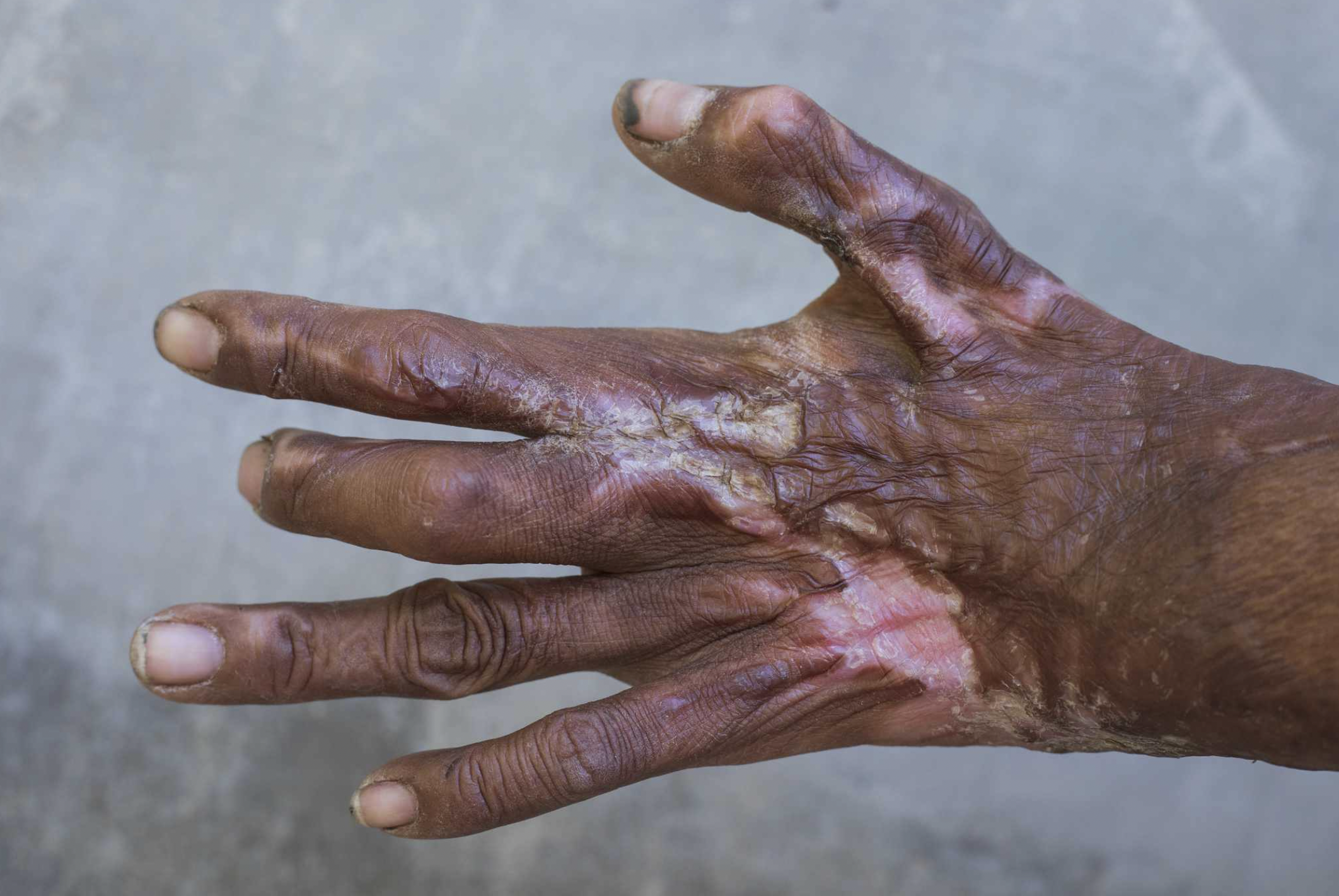Skin discoloration is a common skin condition that can affect anyone regardless of age, gender, or race. It is characterized by the appearance of patches of skin that are either lighter or darker than the surrounding skin. Although skin discoloration is not a serious medical condition, it can be a source of embarrassment for some people, particularly when it affects the face or other visible areas of the body. In this blog post, we will explore the causes of skin discoloration and discuss the best ways to prevent and treat this common skin condition.
Types Of Skin Discoloration
Skin discoloration can manifest in different ways, and each type of discoloration has its unique cause. Here are the most common types of skin discoloration:
Hyperpigmentation
Hyperpigmentation refers to patches of skin that are darker than the surrounding skin. It is caused by an increase in melanin, the pigment that gives skin its color. Here are the most common types of hyperpigmentation:
Melasma
Melasma is a type of hyperpigmentation that is commonly associated with hormonal changes, such as pregnancy, menopause, or the use of birth control pills. It appears as brown patches on the face, particularly on the forehead, cheeks, and upper lip.
Post-Inflammatory Hyperpigmentation
Post-inflammatory hyperpigmentation is a type of hyperpigmentation that occurs after an injury to the skin, such as a cut, burn, or acne. It appears as dark spots on the affected area of the skin.
Sunspots Or Age Spots
Sunspots or age spots are a type of hyperpigmentation that occurs as a result of prolonged exposure to the sun. They appear as small, flat, brown spots on the skin, particularly on the face, hands, and other areas that are frequently exposed to the sun.
Hypopigmentation
Hypopigmentation refers to patches of skin that are lighter than the surrounding skin. It is caused by a decrease in melanin. Here are the most common types of hypopigmentation:
Vitiligo
Vitiligo is a condition that occurs when the cells that produce melanin are destroyed, resulting in white patches on the skin. The cause of vitiligo is not fully understood, but it is thought to be an autoimmune disorder.
Albinism
Albinism is a genetic condition that results in the absence of melanin in the skin, hair, and eyes. It is a rare condition that affects approximately 1 in 17,000 people.
Tinea Versicolor
Tinea versicolor is a fungal infection that causes hypopigmentation on the affected area of the skin. It appears as small, scaly patches on the skin, particularly on the chest, back, and upper arms.
Causes Of Skin Discoloration
There are several causes of skin discoloration, including:
Hormonal Changes
Hormonal changes can cause skin discoloration, particularly in women. Here are the most common hormonal changes that can lead to skin discoloration:
- Pregnancy – Pregnancy can cause skin discoloration, particularly on the face. This condition is known as melasma or the “mask of pregnancy.” It is caused by an increase in hormones that stimulate the production of melanin.
- Menopause – Menopause can also cause skin discoloration, particularly on the face. The decrease in estrogen levels during menopause can lead to a decrease in collagen production, which can result in hyperpigmentation.
- Birth Control Pills – Some birth control pills can cause skin discoloration, particularly in women with a history of melasma. This is because birth control pills can stimulate the production of melanin.
UV Exposure
UV exposure is another common cause of skin discoloration, particularly hyperpigmentation. UV rays from the sun stimulate the production of melanin, which can result in dark spots on the skin. Here are some ways that UV exposure can cause skin discoloration:
- Sun Exposure -Prolonged exposure to the sun can cause sunspots or age spots, which are small, flat, brown spots that appear on the skin.
- Tanning Beds – Tanning beds emit UV rays that can cause skin discoloration, particularly hyperpigmentation.
Skin Trauma
Skin trauma, such as a cut, burn, or acne, can cause post-inflammatory hyperpigmentation, which is a type of skin discoloration that appears as dark spots on the affected area of the skin.
Medical Conditions
Some medical conditions can cause skin discoloration. These include vitiligo, albinism, and Tinea Versicolor.
In conclusion, skin discoloration can be caused by a variety of factors, including hormonal changes, UV exposure, skin trauma, and medical conditions. Fortunately, there are several ways to prevent and treat skin discoloration, including using skin discoloration serums, creams, and procedures. When choosing a treatment, it’s important to consider your skin type, the severity of your discoloration, and any underlying medical conditions you may have. It’s also important to use sun protection to prevent further damage to your skin. If you have concerns about your skin discoloration, it’s best to consult a dermatologist who can help you choose the best treatment options for your individual needs. By taking the necessary steps to prevent and treat skin discoloration, you can achieve a more even and radiant complexion.

